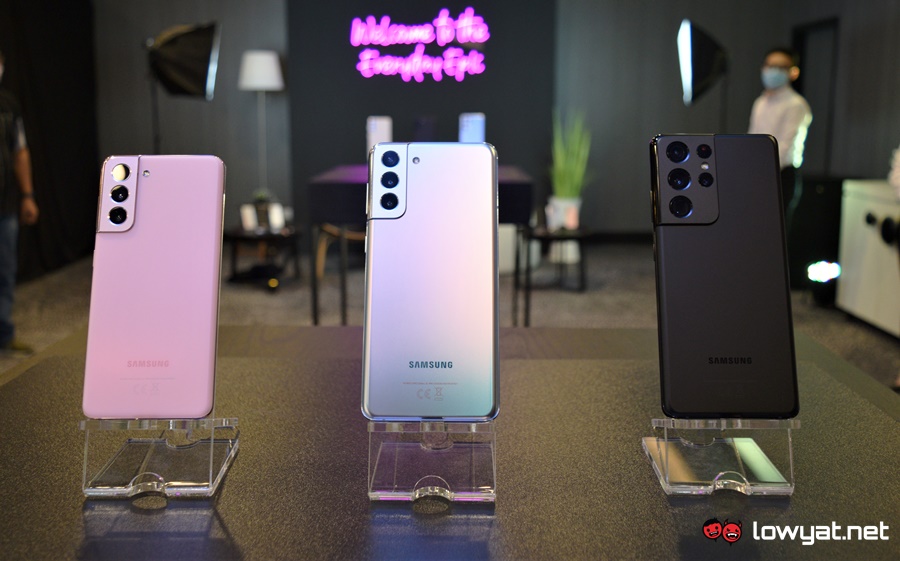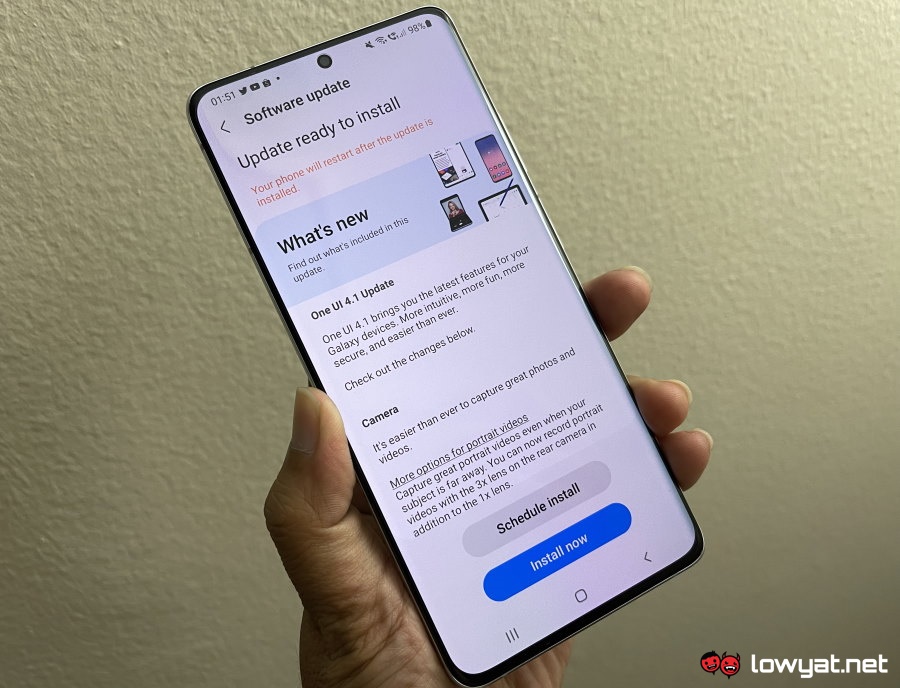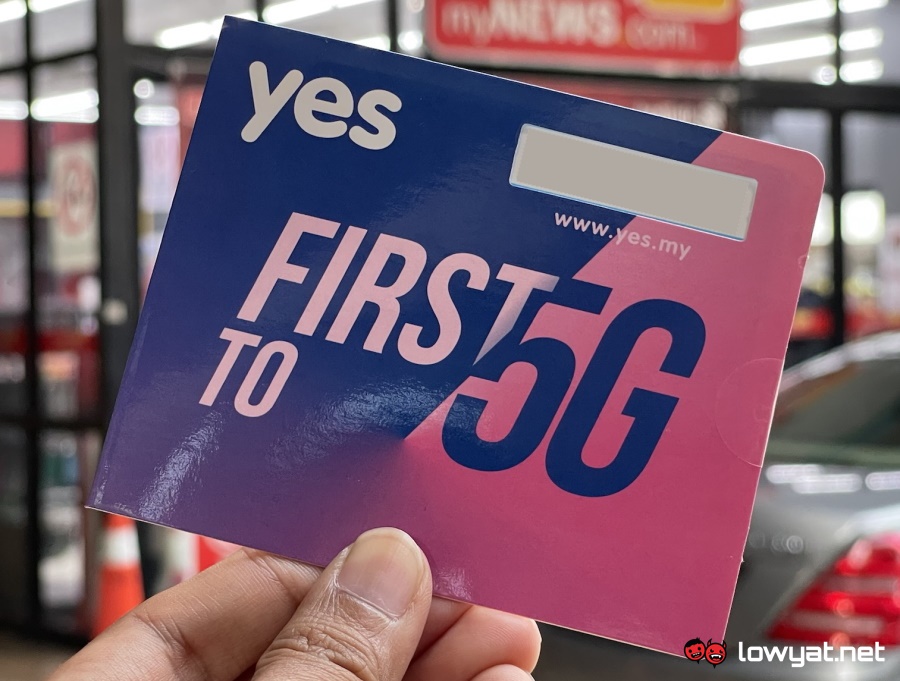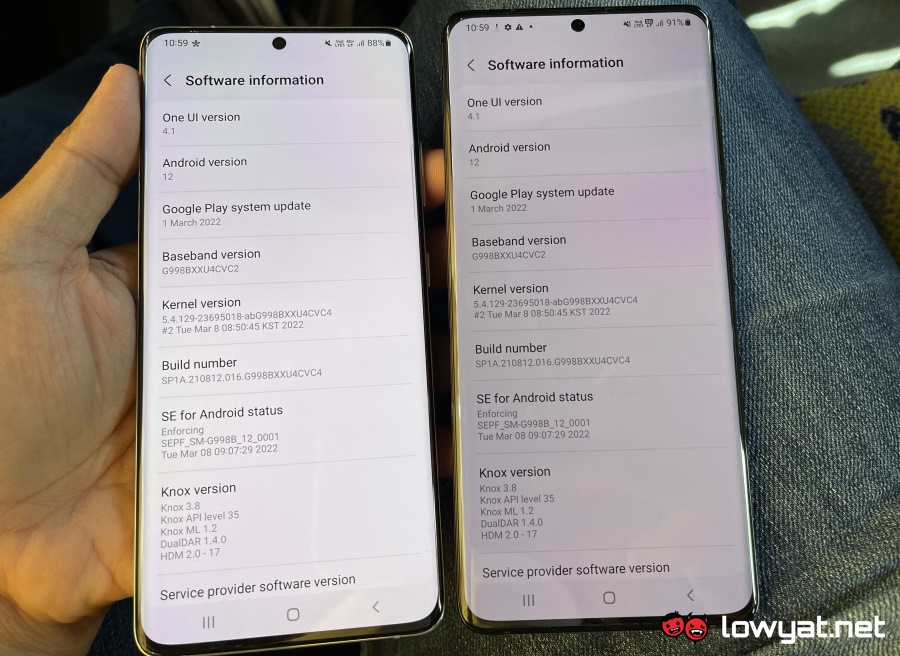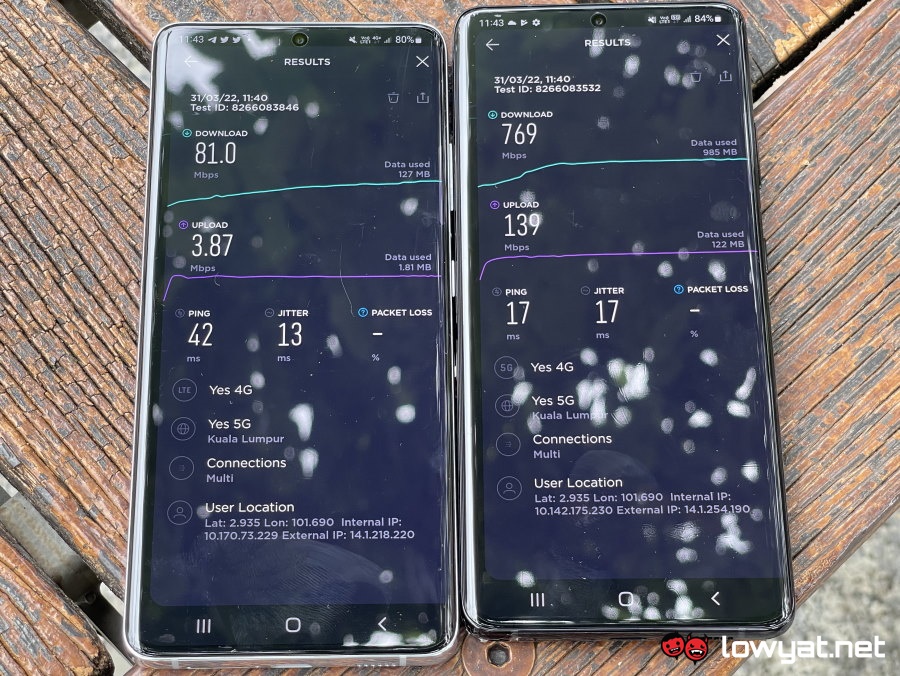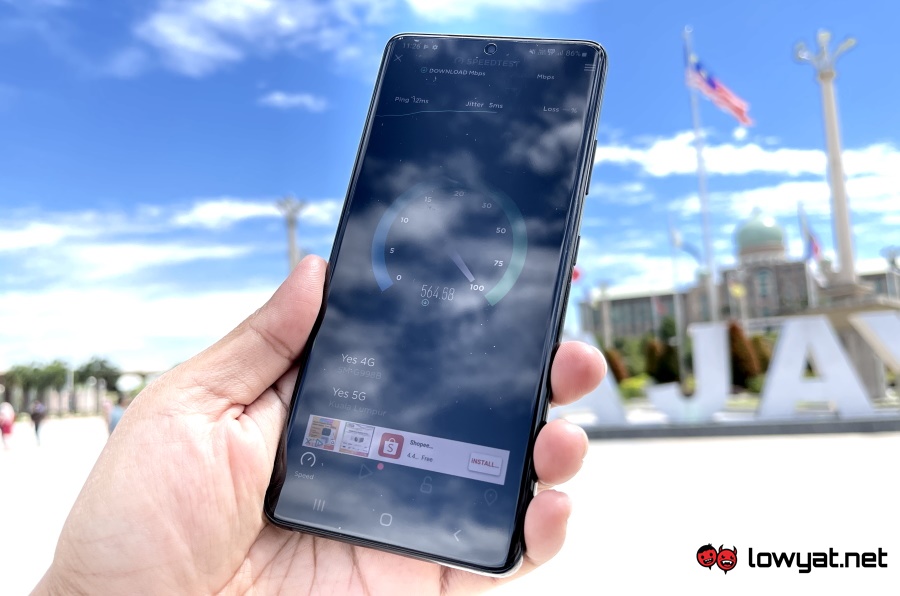To obtain the 5G support, all owners of Galaxy S21 Series devices need to do is download and install the One UI 4.1 update which has been rolled out to them earlier this month. Naturally, the devices also need to have a 5G SIM card and be within 5G coverage areas. At the moment, only Yes have provided 5G access to consumers through two 5G plans that the telco launched in mid-December last year. On the other hand, there are still no words from TM regarding the 5G rollout for unifi Mobile customers despite having already signed with Digital Nasional Berhad (DNB) while we expect the Big Fours including Celcom, Digi, Maxis, and U Mobile to turn on their 5G network by June this year once they sort out DNB’s ownership agreement with the government. Speaking about the 5G SIM card, I encountered a rather interesting issue during our 5G experiential outing with Samsung Malaysia at Dataran Putra in Putrajaya earlier today. Somehow, my Galaxy S21 Ultra is stuck at 4G+ despite being fully updated with One UI 4.1 and using a Yes 5G SIM card that I have just activated a few hours before our arrival in Putrajaya. I have tried to turn the Flight Mode on and off but it didn’t solve the problem. I then decided to put the SIM card from the Galaxy S21 Ultra that Samsung has brought to the session into my phone which then enabled it to connect to the 5G network at Dataran Putra. Swapping the SIM card also helped me confirm that there is nothing wrong with my personal Galaxy S21 Ultra. I then took out Samsung’s SIM card and reinserted my own Yes 5G SIM card into my phone and to my surprise, my phone was then immediately able to connect to the 5G network unlike before. While I always recommend reaching out to Yes customer service if you face any issues with the telco’s SIM card, it was a rather intriguing encounter nevertheless. For those who have not seen the performance differences that 5G could bring to your phone, here are several of Ookla’s Speedtest results from our brief tests at Dataran Putra with both Galaxy S21 Ultras running on the Yes network: In general, I achieved an average 5G download speed of 631Mbps at Dataran Putra alongside 131.6Mbps for upload speed. In comparison, the 4G average speed that I got was 81.9Mbps and 3.69Mbps for download and upload, respectively. Meanwhile, Samsung has noted that each of its 5G devices has to go through a series of stringent field tests to make sure that they are compatible with Malaysia’s 5G network before the company activates their 5G function. Unfortunately, Samsung does not have a set deployment schedule for other 5G-capable Samsung devices in our market at the moment. Nevertheless, the company said that it is committed to bringing more 5G devices to Malaysia even though its current focus is to enable 5G existing devices which is being done through close collaboration with DNB and telcos. As for the DNB 5G network itself, it currently covers certain parts of Kuala Lumpur, Cyberjaya, Putrajaya, Rawang, and Johor Bharu while the company is working to expand the coverage to 37.9% of the populated area in Malaysia by the end of 2022.
